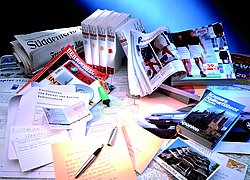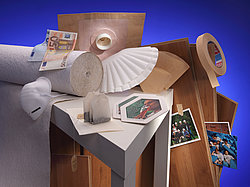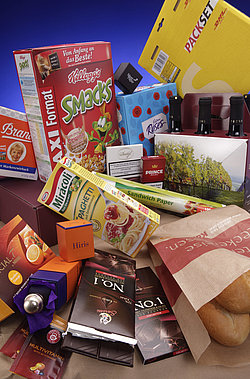



Consumption: Paper is an indispensable part of our civilization
Everybody has to decide for himself whether he uses too much paper. Without paper, however, modern life would be hardly conceivable. We read newspapers, journals and books, we expect goods to be safely packaged and we need paper for our daily hygiene. Actually, only part of total paper production passes through our hands: we see neither the outer transport packages in trade and industry nor the files and printed matter of authorities or commercial enterprises. It is widely unknown that specialty papers find application in automotive engineering and for wine filtration just as for medical purposes.
The good thing about it is: unlike other materials, paper is not made from finite resources but it literally grows again. And a sustainable forestry management guarantees that this course of nature will go on undisturbed.
Recycling is a major factor contributing to the sustainability of the paper cycle. Re-using raw materials that were processed once makes it possible to achieve an overall reduction in energy and wood fiber inputs, thus simultaneously decreasing the need for expensive wastewater treatment.
To document this policy, some paper manufacturers use the Blue Angel logo which is a quality label certifying the special environmental friendliness of a product.
In the European Union, the recycling rate has reached a mark of 72% and it is even higher with 78% in Germany.